From nostalgic pop anthems wanting to be “forever young” to the romanticization and idolization of teenagehood by culture and media, contemporary society is plagued by its relentless obsession with youth. This fixation has evolved in the digital age, with technology and social media turning the race against time into an ongoing infatuation, raising concerns about the impact of this preoccupation on our social community.
The glitters of internal and eternal youth have been a seductive mirage since the dawn of time. Between 2016 and 2021, the global anti-aging market witnessed a staggering growth, climbing from $25 billion to nearly $37 billion. This vanity-led economic boom was hoisted by a foundation of anti-aging propaganda and changing social and cultural values towards aesthetics and the ideal look.
The advancements in digital and technological development furthered this phenomenon, infecting contemporary consumers with unrealistic expectations and ideals in the timeless pursuit of agelessness. Messages promoting fear and unnatural anxieties infiltrated the social and media landscape, planting their deepest roots in younger audiences online in a new kind of crisis.
On the social media platform Tiktok, women in their mid to late twenties and thirties are breaking those expectations by openly sharing their unfiltered and unaltered appearances, aiming to ground expectations of the aging process. This trend of expression and positivity has become a focal point of discussion, with controversial reactions ranging from mild disturbance to borderline abusive responses.
The internet’s confrontation with the natural aging process sparked a movement that exposed a repulsion towards physical aging, prompting a critical examination of our values and attitudes today. Additional factors like the rigid beauty standards forced on women, coupled with objectification and an emphasis on their appearance compound these corruptions in our perception.
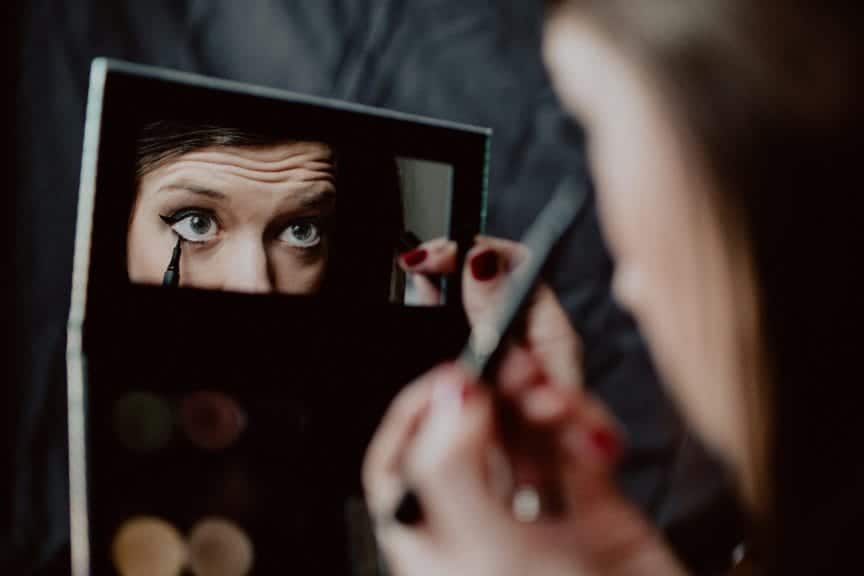
Teenage Mania
Young people are the primary victims of anti-aging culture and messages due to bombardment across various channels by advertisements, media, and society. In an environment that fosters anxiety about aging, external influences actively shape their perceptions of beauty and worth. Advertisements specifically target young audiences with preventative products and services promising to defy or reverse the aging process with little education and genuine warning of adverse effects.
The mainstream media’s emphasis on youth and the teenage years with programs, shows, and music exclusively dedicated to this phase, also plays a significant role in increasing the pressures to stay young. Media such as Euphoria, Gossip Girl, Elite, and Never Have I Ever are examples that enable the glorification of youth. The promotion of unattainable lifestyles among young celebrities and influencers actively contributes to the reinforcement of prevalent ageist narratives online.
Societal expectations also cause psychological and social disruptions that play into a contemporary obsession with youth and the ‘teenager.’ The cultural glorification of pivotal ‘firsts’ and cultural milestones during youth, without extending such celebration into older ages, promotes this life stage as the pinnacle of human experience. The notion that youthfulness equates to social desirability means that young people may internalize fears and concerns about aging from an early age, impacting their self-esteem and overall well-being.
There is an added cultural tendency to paint adulthood negatively with toxic messages of life getting harder with time and experience. It also contributes to the pressure on young individuals to conform to the ideals of youth, setting unrealistic standards for appearance and success. These cumulative anti-aging messages influence perspectives on what is valuable and important in our culture, creating a population prioritizing eternal youth.
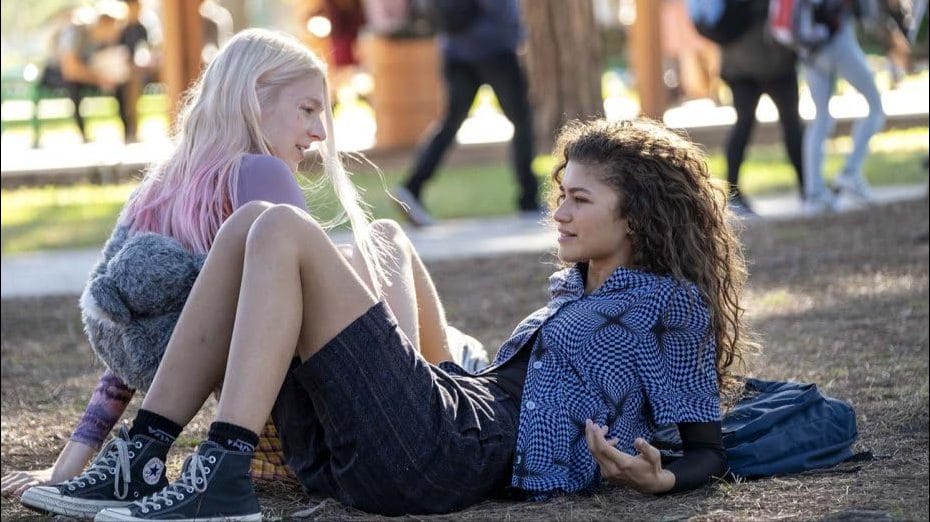
Then Versus Now
Cultural, economic, and philosophical developments have always shaped attitudes toward aging. Ancient cultures revered physical and mental aging as symbols of wisdom and experience. However, a paradigm shift occurred in the 19th and 20th centuries as societies transitioned to urban living, and technological advancements reshaped daily life. The post-World War II era helped boost the premium on youthfulness and productivity with the emergence of youth-centric popular culture and a consumer culture that heavily targeted the youth demographic.
In the 21st century, advancements in medical science and cosmetic procedures fueled the desire for eternal youth, and the beauty and fashion industries capitalized on these developments.
Today, the emphasis on youthfulness has reached unprecedented levels and the pressure to conform to societal ideals of beauty remains a significant force driven in part by the increasing influence of social media and digital communication. In the race for youth, the widespread acceptance of cosmetic intervention has ultimately led to the widespread availability and accessibility of plastic surgery.
These procedures are no longer for corrective purposes but also act as proactive measures to stave off the visible signs of aging. The rise of fillers and other non-surgical cosmetic procedures also signifies a paradigm shift in the anti-aging landscape. Injectables, including dermal fillers and Botox treatments, have gained immense popularity due to their minimally invasive nature and quick results. Young people today are opting for these procedures as a routine part of their beauty regimen.
The consequences of this anti-aging conundrum extend beyond physical appearance. The media openly portrays these life-altering procedures with unknown long-term effects, as celebrities and influencers openly discuss and even flaunt their enhancements. Their normalization has confused public expectations of natural human aging, further changing personal and public perceptions of appearance.
The Digital Age
Social media has a profound influence on shaping our perception of aging by adding to the construction of beauty standards, influencing societal expectations, and creating a culture that often values youth over the natural process of aging. The platforms are visual-centric, and they often showcase curated and idealized images.
The promotion of anti-aging practices, products, and culture on social media has encouraged users to adopt these methods as part of their beauty routine. Advertisers seamlessly integrate promotions for anti-ageing products, procedures, and beauty standards, pushing the idea that all possible interventions must be employed to solve the perceived problem of aging.
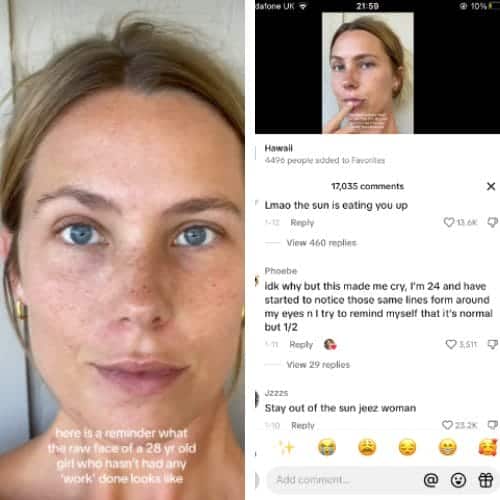
Consumer trends of anti-aging and beauty products frequently go viral on platforms like TikTok and Instagram, encouraging users to continuously purchase corrective or preventive products. Additionally, age-filter challenges on platforms like TikTok contribute to the normalization of digitally altered appearances, continuing the notion that looking older is something to be avoided or corrected.
The Human Condition
The culture that attacks people for their natural appearance, as seen in ongoing TikTok trends targeting women, has led to the devaluation of age, which corrupts the perception of a significant aspect of humanity. Linking one’s worth intrinsically to external appearance also ignores the richness of experience and wisdom that only time provides. It encourages a fear of aging and mortality in individuals, causing adverse effects on society.
While Gen-Z members attempt to deny the natural process of life with the purchase of anti-aging products, another trend towards more inclusive ideals and understandings of age has emerged. In the last year, adults on social media platforms have been partaking in trends like the fashion bows on TikTok and babydoll dresses to reconnect with their childhood, proving that the glitters of youth never truly leave us. Movements like this inclusive shift counter the current crisis and spotlight the wonderful things aging brings us so we can romanticize maturity and grow up.


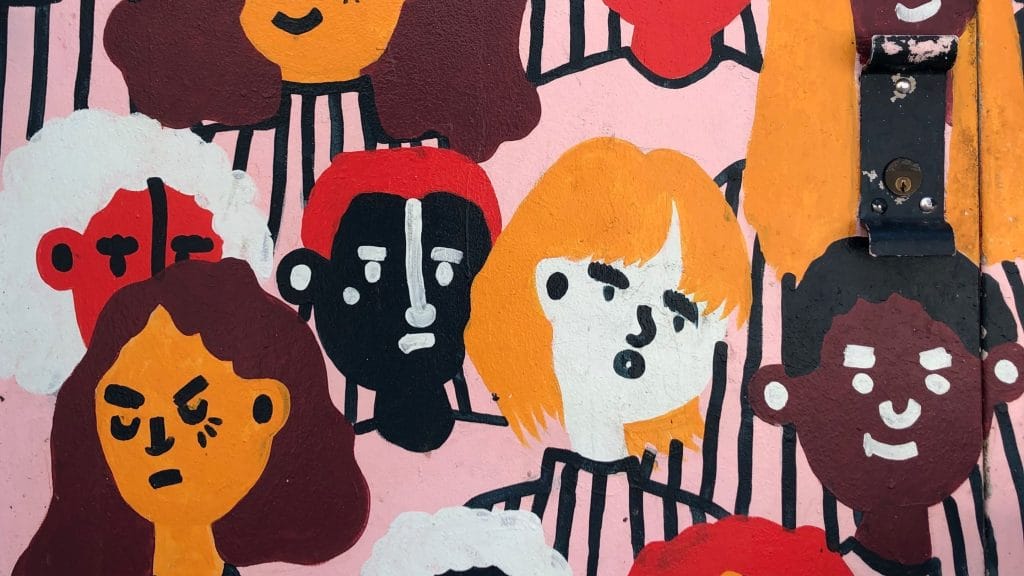






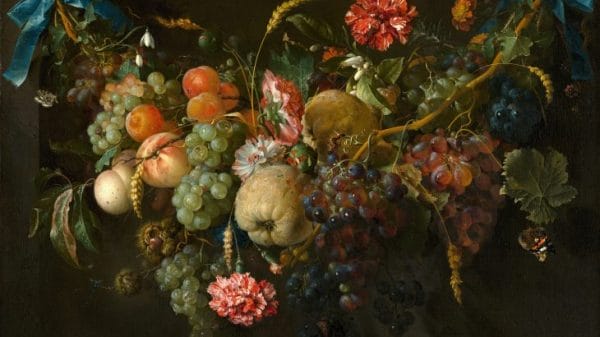
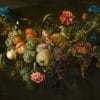
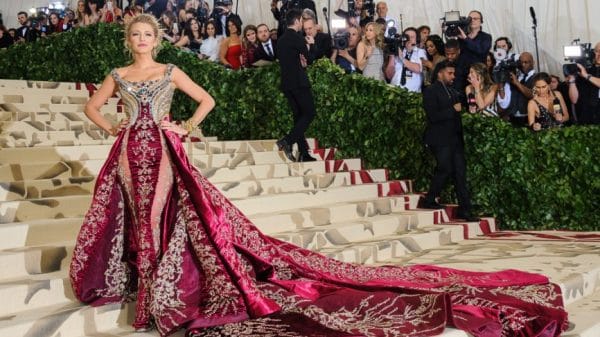
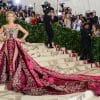
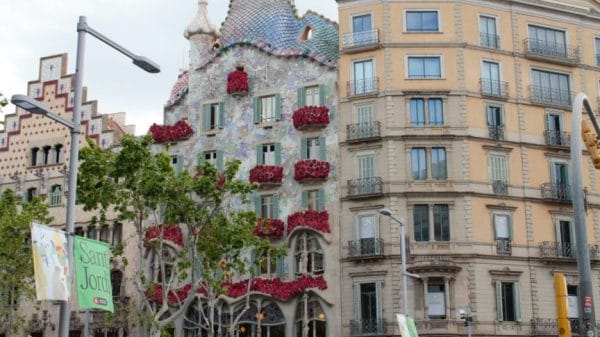

Fatimah
January 30, 2024 at 4:17 am
Truly thought provoking. The anti aging fear campaign really does a number on us whether directly or indirectly. I am glad though that a shift is happening making us remember that there is beauty in growing and living.
Kyle W.
February 1, 2024 at 12:39 am
The vast majority of this, for better or worse, applies to Women. I’m a 53-year old Man, have friends going down to their early 30’s and among the guys I can tell you through personal experience, the only thing that bothers them about growing older, is physical decrepitude, not ‘beauty’.
Whether this trend is perpetuated by corporations, individual Women themselves (Often their own worst enemy), or a combination of both, the hard fact about human nature is that feminine appeal is tied intrinsically into physical attractiveness. It may be distasteful to say, but it doesn’t change the reality.
As a tangent however, what I find sad about the whole affair is that it is all about ‘looking good’, not BEING HEALTHY. In my darker moments I imagine a stage being reached where an 80-year-old Woman could still look like a 20-year-old on the outside, but have the internal organs of that Octogenarian. Essentially a kind of Mummification. That’s vaguely terrifying.
Until his death just shy of 100, Jack Lalanne still looked decent for a guy of his age, but more importantly, had the strength, endurance & flexibility of a Man roughly half his age. How? Obsessive Hard Work. However, he himself frankly admitted he was Obsessive about it, and said most people could keep most of those benefits by doing a fraction of the work. The fact is, until we fully enter the creepy world of Genetic Manipulation, that’s the best most of us could ever reasonably hope for.